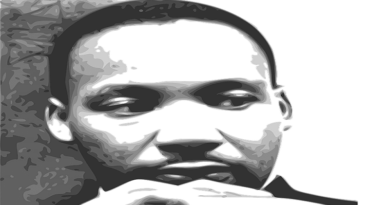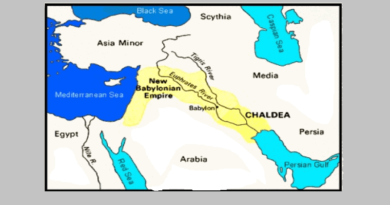Source of Witchcraft: Angels Harut and Marut
Source of Witchcraft: Angels Harut and Marut
Harut and Marut are intriguing figures rooted in Islamic tradition. Their story captures the relationship between divine knowledge and human challenges. This essay will explore the origins, interpretations, and impact of Harut and Marut in religious texts, along with the diverse perspectives surrounding them.
The narrative of Harut and Marut emerges primarily from Islamic tradition, specifically in the Qur’an, where they are indicated in Surah Al-Baqarah. These two angels are mentioned as enigmatic beings sent to test the humanity of men. According to Islamic theology, angels are typically seen as pure beings who do not possess free will. However, Harut and Marut are unique because they were sent down to Earth purposely to perform a test involving the temptation of humans.
The Qur’an describes how they were sent to Babylon during a time when people were immersed in disobedience and strife. Their mission was to teach humans about magic and to differentiate between good and evil. However, the pivotal aspect of their story lies in the ethical implications of their teaching. People who learned from them would often misuse this knowledge, leading to chaos and moral degradation. This brings forth a critical understanding of knowledge and its potential ramifications.
The concept of Harut and Marut resonates with broader philosophical questions about the nature of knowledge. It poses the dilemma of whether knowledge inherently leads to goodness or whether it can also bring harm. Scholars have debated the implications of their story, analyzing it through ethical and theological lenses. It raises questions about human responsibility in wielding knowledge.
Influential individuals in interpreting the story include Islamic theologians like Al-Ghazali, whose works analyze texts extensively. His explorations of ethics and morality bring insight into the cautionary tales of knowledge and testing faced by humanity. Other contemporary scholars also contribute to this discourse by examining how these archetypes resonate with modern moral challenges. The significance of Harut and Marut can be observed in ethical discussions concerning technology and scientific advancements today.
Moreover, the narrative of these angels plays a role in interfaith dialogue. Various interpretations across religious traditions reveal similarities in caution against misuse of knowledge. For example, the Biblical story of the fall of man shares themes of temptation and knowledge leading to detrimental consequences. This creates a platform for discussion regarding the shared moral frameworks present across faiths.
Additionally, the representation of Harut and Marut in literature and popular culture is telling of their impact. They have inspired various authors and filmmakers who draw upon their narrative to explore themes of ethics, temptation, and the complexities of knowledge. Recent works in fantasy literature often echo motifs found in the story of Harut and Marut, indicating a broader cultural resonance that transcends religious boundaries.
In terms of future developments, the exploration of Harut and Marut’s implications may become increasingly relevant as society grapples with rapid advancements in technology. With artificial intelligence and biotechnology developing quickly, ethical considerations about knowledge continue to be urgent. The allegorical caution represented by Harut and Marut serves as a critical lens through which the potential effects of these advancements can be examined.
Furthermore, interdisciplinary studies involving theology, ethics, and technology could yield beneficial insights for understanding the duality of knowledge. Engaging experts from various fields can bring forth equitable dialogues about the bounds of knowledge and the shared responsibilities among humanity in utilizing it wisely.
In summary, Harut and Marut serve as a fascinating study in the interplay between knowledge, ethics, and human behavior. Their story, encapsulated within Islamic tradition, echoes through various philosophical and theological discussions, asserting the importance of wielding knowledge with care. As society approaches complex challenges related to technological advancements, the lessons derived from Harut and Marut will likely continue to resonate, prompting deeper exploration of the ethics of knowledge in our contemporary world. While these angels may have emerged from ancient texts, their relevance in modern discourse cements their place in ongoing dialogues about the nature of humanity and the responsible use of knowledge.
References
[1] A. Al-Ghazali, “The Incoherence of the Philosophers,” Islamic Book Trust, 2009.
[2] A. A. F. S. Al-Tabari, “The History of Prophets and Kings,” Harvard University Press, 1985.
[3] A. O. K. El-Masri, “Angels and Their Role in Islam,” Journal of Islamic Studies, vol. 29, no. 2, pp. 153-174, 2018.
[4] R. H. A. M. Al-Qurtubi, “Tafsir al-Qurtubi,” Dar al-Kotob al-Ilmiyah, 1996.
[5] M. J. L. Smith, “Ethics in the Age of Technology,” Ethics and Information Technology, vol. 14, no. 3, pp. 217-234, 2012.
[6] T. A. N. H. Bakhtin, “Dialogism and the Ethics of the Other,” Theory and Society, vol. 38, no. 1, pp. 11-22, 2009.



